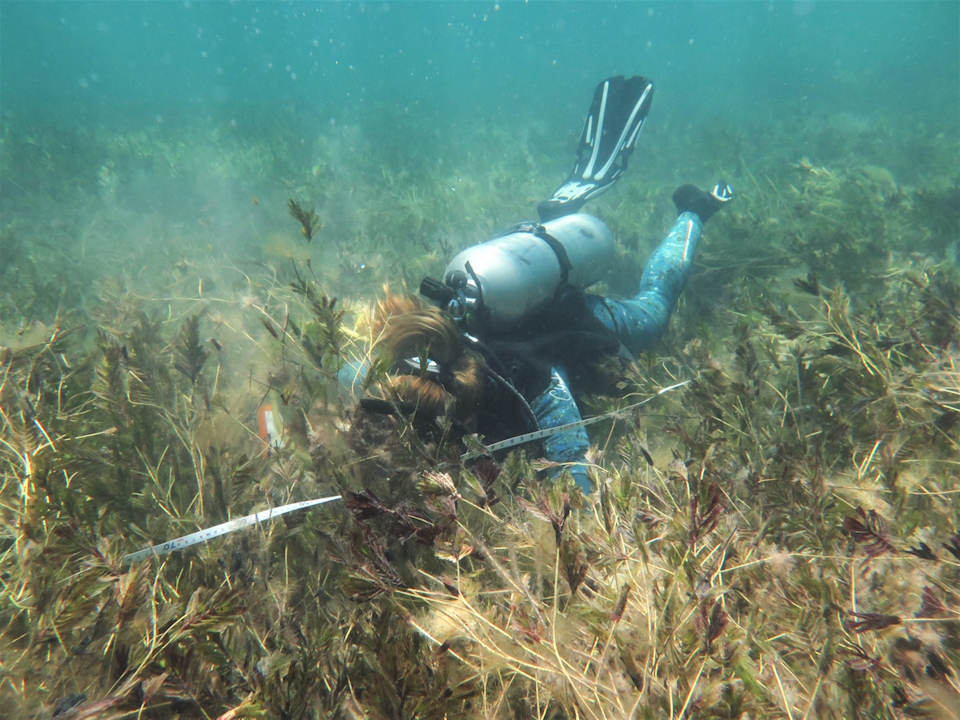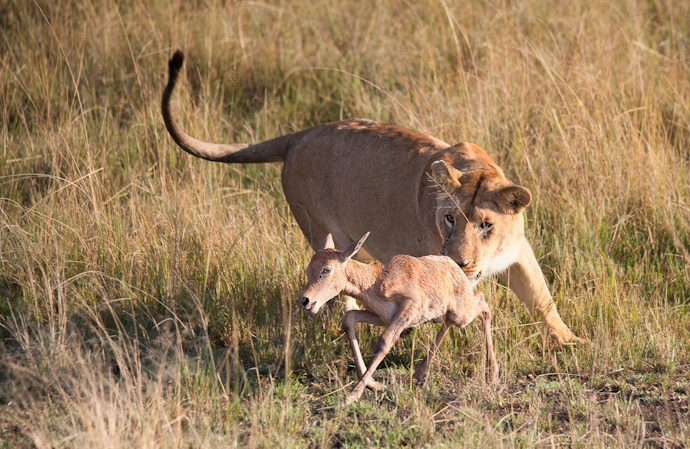An international study led by CEAB-CSIC and published in Nature Communications presents the first global assessment of blue carbon accumulated in the living parts of seagrass plants. According to the results, their leaves, rhizomes and roots store up to 40 million tonnes of carbon worldwide. To this figure must be added the carbon stored in the seabed, which can remain sequestered for thousands of years, as long as the meadow persists. The data confirm that, despite covering a very small area, these ecosystems play a key role in absorbing atmospheric CO₂, transforming it, and retaining it.
The research was led by the Centre for Advanced Studies of Blanes (CEAB-CSIC) and BIOSFERA Research & Conservation, with participation from Edith Cowan University (Australia), the University of Western Australia, James Cook University, the Institute of Marine Sciences (ICM-CSIC), King Abdullah University of Science and Technology (KAUST), and the Institute of Marine and Coastal Research (CONICET, Argentina).
This is the first global “inventory” of seagrass meadows as blue carbon sinks. It includes calculations of the CO₂ they capture, their production —the transformation of carbon dioxide into new plant biomass—, and the carbon they store. It also provides figures on the emissions resulting from their loss.
In addition to presenting a global overview, the article offers detailed data by regions, countries, and meadow types. This makes it possible to quantify the contribution of each area, sea, and ocean to the carbon cycle, enabling territories to understand the importance of their own seagrass meadows.
Seagrass: a hidden treasure
Seagrass meadows, such as those formed by Posidonia, cover an area of between 160,000 and 266,000 km² worldwide. Despite their small size, they function as true “blue forests”: they capture CO₂, one of the main greenhouse gases, transform it into organic carbon through photosynthesis, and store it in their leaves and roots. Part of this carbon becomes incorporated into the seabed, where it can remain sequestered for millennia, for as long as the meadow endures.
This process makes them such efficient natural carbon sinks that, per unit area, they are comparable to or even exceed tropical forests. On average, they accumulate around 1.5 tonnes of carbon per hectare in the living parts of seagrass plants and fix nearly 7 tonnes each year.
Differences by genera and regions
Capture capacity varies by genus. Meadows formed by persistent genera, such as Posidonia in the Mediterranean, store more carbon in their structure, while opportunistic and colonising genera stand out for their rapid growth and high annual capacity to capture CO₂.
There are also clear differences between seas. In the Mediterranean, for instance, meadows retain significant amounts of carbon in the seabed, but their annual capture rate is moderate. By contrast, in regions such as the North Pacific or the temperate Atlantic, the opposite occurs: meadows are composed of smaller, shorter-lived plants, but with very rapid growth, enabling them to capture more CO₂ than Mediterranean meadows. In other words: some accumulate more carbon in the long term, while others excel in the speed with which they fix this gas.
Threats and avoidable emissions
Despite their crucial role, seagrass meadows are in constant decline due to urban development, pollution, and global warming. Their loss generates between 154 and 256 gigagrams of CO₂ equivalent each year, solely from their living biomass. Australia, Spain, Mexico, Italy, and the United States account for over 80% of these emissions linked to seagrass loss.
Blue carbon markets and nature restoration
Researchers point out that these data pave the way for the inclusion of seagrass meadows in carbon credit markets, alongside forests, mangroves, and saltmarshes. This could boost their conservation and restoration.
“Seagrass meadows are a cornerstone in the fight against climate change. Conserving them not only preserves biodiversity, but also avoids emissions and contributes to capturing carbon naturally,” says Enric Gomis, PhD student at CEAB-CSIC and BIOSFERA, and first author of the study.
“What is new about this work is that, for the first time, we have a global balance of blue carbon in seagrass meadows. This enables us to better understand their role on the planet and to open the door to global conservation policies and carbon credit markets, as well as other initiatives to restore nature and benefit from their ecosystem services,” adds Òscar Serrano, CEAB-CSIC researcher and coordinator of the study. “It has been proven that seagrass meadows are a key element in the fight against climate change. Conserving them —in addition to safeguarding the diversity of marine life forms, improving water quality, or protecting the coastline— removes CO₂ from the atmosphere,” concludes the researcher.
The authors stress that protecting these ecosystems is a natural, highly efficient, and also cost-effective tool to address the global climate challenge. At a time when it is urgent to reduce greenhouse gas emissions and enhance all measures that mitigate them, the protection of these “Blue lungs” emerges as a feasible and powerful solution.
Article reference: Gomis, E., Strydom, S., Foster, N.R., et al. Global estimates of seagrass blue carbon stocks in biomass and net primary production. Nat Commun 16, 9530 (2025). https://doi.org/10.1038/s41467-025-64667-6










